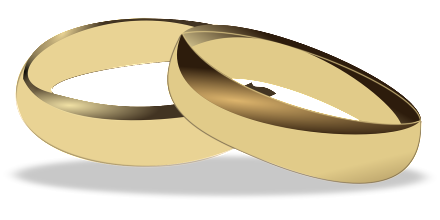This post is part of a long-term project I’ve been working on regarding the history of marriage in the tax code. 
As I finish sections of the research paper I’m working on, I’ll post them here. This is a big project, one that will likely take years to finish, so I can’t guarantee when the next post on this topic will appear.
Below is the very first segment.
—–
I started on this document in 2011 when my practice was heavily involved in the tax complications of same-gender marriage.
Back then — up until the Defense of Marriage Act was overturned in June 2013 — couples in same-gender marriages lived a complicated tax life.
They were required to file their federal tax returns as two unmarried people, but they were required to file their state tax returns as a married couple (assuming they lived in a state that recognized their marriage). To create the state return, the couple needed to re-calculate their federal taxes to apply federal tax law for married people.
In working through these recalculations, I discovered that some couples would benefit from filing their federal tax return as married, some would see a minimal difference, and some would be worse off.
But my question was: why? Why does tax law treat married people differently from unmarried people?
Enter my research into the history of marriage in the tax code.
This document is not focused on same-gender marriage, because these are things couples in “traditional” marriages have known all along: getting married does not always mean big savings at tax time.
But again, the question is: why?
To answer, we need to return to the beginning, to 1913 and the start of the income tax in the United States. Stay tuned for the next segment.

